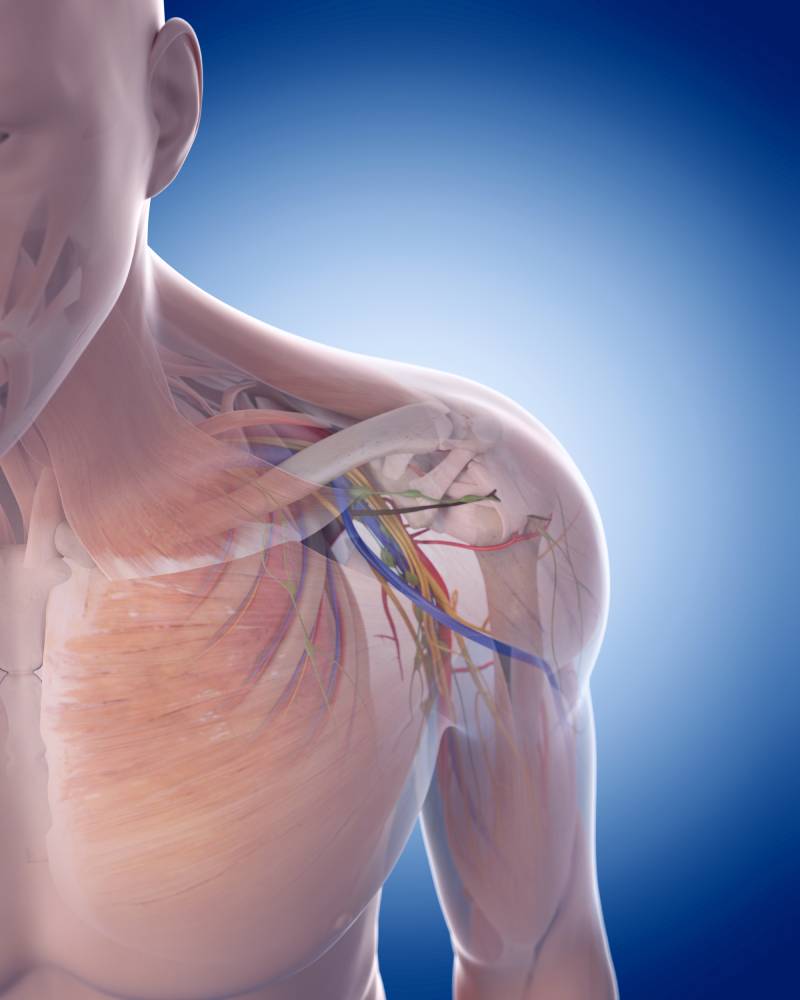Post-dural puncture headache (PDPH) is a relatively common complication following procedures that involve penetration of the dura mater, such as a lumbar puncture or spinal anesthesia. Characterized by a dull, throbbing headache that worsens with upright posture and improves when lying down, PDPH can significantly impact patient recovery and quality of life. This article provides a comprehensive overview of the causes, symptoms, prevention strategies, and treatment options for PDPH, equipping healthcare providers and patients with the knowledge needed to effectively manage this condition.
The primary mechanism behind PDPH is the leakage of cerebrospinal fluid (CSF) through a puncture site in the dura mater, which encases the spinal cord and brain. This leakage leads to a reduction in CSF pressure, causing the brain to sag when the patient is upright, thereby stretching pain-sensitive structures within the skull. This condition is more frequent following diagnostic lumbar punctures but can also occur after spinal anesthesia, particularly in young adults, women, and those with a history of similar headaches.
Symptoms of PDPH typically begin within 48 hours after the dural puncture, though in some cases, they may take up to a week to manifest. The headache is usually frontal or occipital and may be accompanied by symptoms such as neck stiffness, nausea, photophobia (sensitivity to light), and phonophobia (sensitivity to sound). In severe cases, patients may experience cranial nerve palsies, which can manifest as double vision or other visual disturbances.
Prevention is a key component in the management of PDPH. Using fine, non-cutting needles for lumbar punctures and ensuring proper needle orientation can significantly reduce the incidence of dural punctures. Additionally, clinicians can minimize the number of attempts and use ultrasound guidance to increase the accuracy of needle placement, thereby reducing the risk of inadvertently puncturing the dura.
Once PDPH is diagnosed, initial management typically involves conservative treatments aimed at relieving symptoms and promoting healing. Patients are advised to maintain adequate hydration and may benefit from bed rest, though the latter is no longer universally recommended as it does not speed up recovery. Caffeine, administered orally or intravenously, is effective in alleviating headache symptoms by increasing cerebral vasoconstriction and thus CSF production. Over-the-counter analgesics such as acetaminophen or ibuprofen can also be used to manage pain, although they do not treat the underlying cause of the headache.
If conservative measures fail to relieve the symptoms within 24 to 48 hours, or if the patient’s symptoms are particularly severe, an epidural blood patch may be considered. This procedure involves injecting a small amount of the patient’s blood into the epidural space near the site of the CSF leak. The blood clots and forms a patch that stops the leak and allows the puncture site to heal. An epidural blood patch is highly effective, with symptom relief typically occurring within a few hours.
In some cases, other interventional treatments such as the administration of greater occipital nerve blocks or intravenous administration of theophylline may be considered. These methods provide alternative avenues for symptom control, particularly for patients who may not be candidates for an epidural blood patch.
Education about PDPH should be an integral part of pre-procedural counseling for patients undergoing any procedure that involves dural puncture. Understanding the potential for this complication, its symptoms, and the available treatment options can help patients make informed decisions about their care and seek timely intervention if symptoms develop.
In conclusion, while post-dural puncture headache is a common complication of procedures involving dural penetration, effective management is possible through a combination of preventive measures, conservative treatment, and interventional techniques. By understanding the pathophysiology of PDPH and implementing strategies to minimize its incidence and impact, healthcare providers can improve patient outcomes and enhance the overall experience for those undergoing procedures that carry a risk of this complication.

